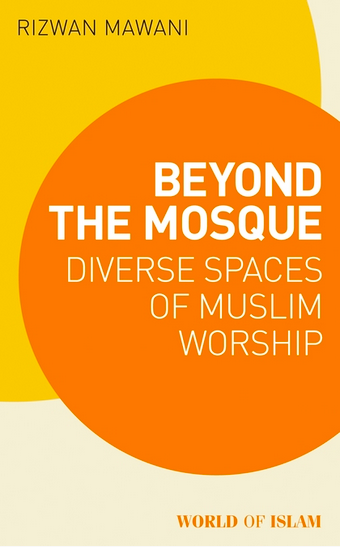Rizwan Mawani, a Canadian scholar, has published a new book titled Beyond the Mosque: Diverse Spaces of Muslim Worship. I’m interested in the book because according to an interview by Religion News Service, Mawani provides insight into the internal diversity of Islam:
“The challenge of writing a book like this is that there are exceptions to almost every universal we try to proclaim upon the Muslim world. I’m always hyper conscious about asking ‘Is this sentence true for all Muslims? And if not, how do I modify it to reflect a pan-Muslim experience?'”

Mawani looks at the diversity of architecture (as you’d expect from the title), but other kinds of internal diversity as well — such as how ritual practices are constantly evolving, thus providing insight into diversity over time. But, according to the interview, Mawani also tackles some hot-button issues, such as the issue of gender:
“[T]here are communities like the Alevis [with 25 million adherents], found mostly in Turkey, who don’t define themselves as Sunni or Shia, where men and women pray side by side in spaces called cemevis, and oftentimes even interspersed with one another. Because in Alevi theology, God doesn’t see the body. All he sees is the soul of the believer, and gender is ultimately dissolved.”
Although in the West, we typically divide Islam into Sunni and Shia, Mawani found diversity beyond this bipartite division. For example, many of the first Muslims to come to North American were probably neither Sunni nor Shia:
“Another interesting thing to consider is how Islam came into North America. If we look at the earliest migration of Muslim communities, we of course have West African slaves, many of whom we now know practiced Islam. Many of them probably brought a form of Sufi Islam. So though Sunni Islam is the predominant form of Islam in the U.S. today, it’s not necessarily how America got introduced to Islam.”
In the interview, Mawani also touches on the geographic diversity of Islam, pointing out that one in three Muslims worldwide come from South Asia. I was particularly interested in Mawani’s comments on how to find Muslim diversity in North America; a Web search for “masjid” is going to exclude some significant Muslim diversity:
“If you live in a big city, especially, there are lots of opportunities to engage or even work with various Muslim communities. Obviously you can do a Google search and walk through your neighborhood looking for mosques. But you may need to research other names. There are masjids, of course, that are used by Shia communities, but they also have spaces known as an imambara or matam or husayniya or something else, depending upon which part of the world that community comes from. There are many Sufi and mystically inclined spaces in many cities, so searches for words like tekke or zawiya or khanaqah can unearth communities in our own area that we may not be familiar with.”
Read the entire interview here.
Buying the book: Do the author a favor and do NOT buy from Amazon, because they drastically cut how much money the author receives per book. Instead, I recommend buying all your religion books from the Seminary Coop Bookstore in Chicago. They do not yet have “Beyond the Mosque” in stock, but you can special order it here.
